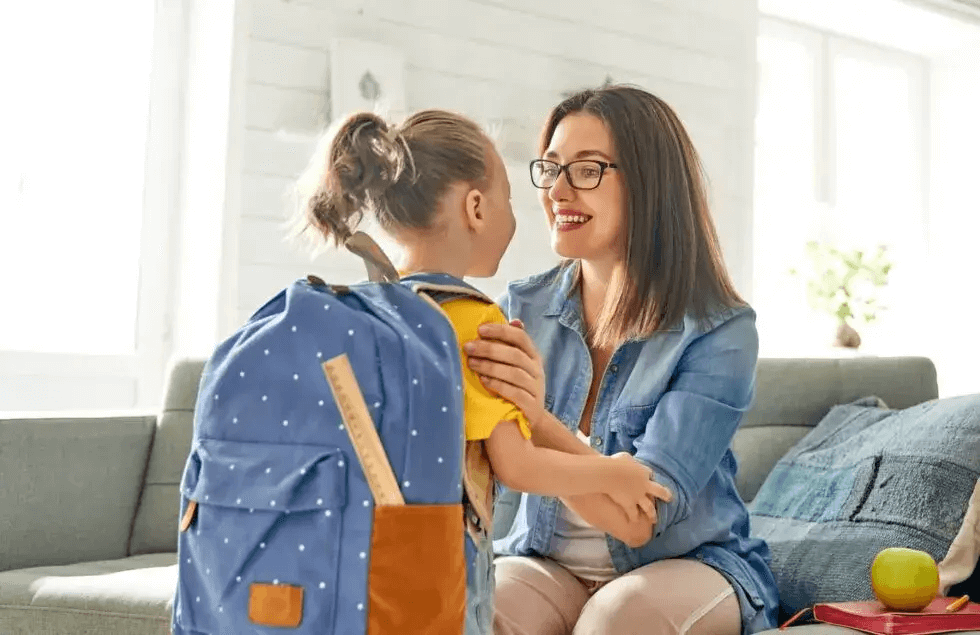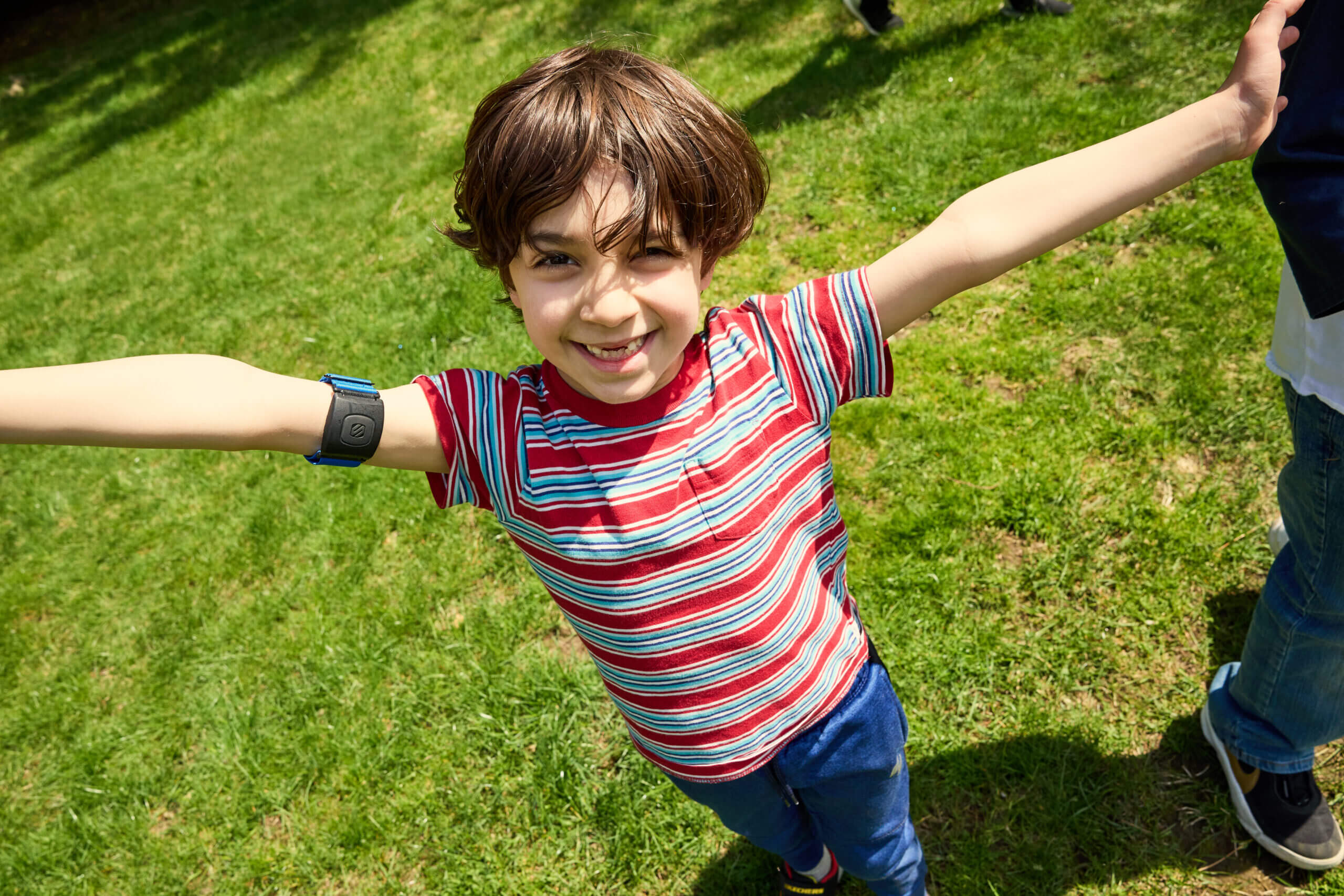The ability to evaluate a situation, assess your options, and choose the most appropriate course of action can bring feelings of peace and happiness. Problem solving skills are an amazing gift to bestow on your developing child to help them feel empowered and prepared to take on life challenges.
Play presents a powerful opportunity for learning. Approach teaching problem solving skills as yet another learning game with the following fun activities:
1. Interactive storytelling. Children of all ages are easily captivated by a compelling story. From picture books for preschoolers to young adult literature, there’s always a plot offering up a conflict to solve or a social problem to work through. Help your child enjoy a more engaging reading experience by asking questions about what the main character may be feeling or experiencing, and ask for their opinion about what steps the character could take to solve the challenges they may be facing.
2. Pretend play. Roleplaying is a fun way to expose your child to new experiences or situations in a safe, low-pressure setting. Join your child in creative play and gently guide them towards scenarios that require problem solving. For instance, if you’re playing school, take on the role of a student who doesn’t want to do the assigned activity. If you’re playing grocery store, act as if a power outage has made the cash register inoperable. What should we do now? Invite your child to save the day with their solution and talk about a variety of ways they could tackle the problem.
3. Board games. Family game night can be even more meaningful than simply spending time together because it provides a potential opportunity for problem solving.. Check out games like Lion in My Way, Quirkle, Mind Blox, Cat Crimes, or more traditional options like chess or checkers, based on the age ranges and interests of your family. Board games are also an excellent lesson in taking turns, being a good sport, and anger management.
4. Team building activities. Working together to solve a problem is an ideal way to practice social skills in a small group, while also focusing on critical thinking skills. Organizations like Odyssey of the Mind challenge children of all ages to think creatively while working collaboratively, but you could arrange something less formal with a friend group, sports team, or scout den. Many of the activities consist of using everyday items in unusual ways. For instance, ask the group to build a structure using seven pieces of paper — no tape, paperclips, string, or other components — and award points for every inch of height. Set a timer for a group planning period and then a time limit for completing their challenge. Encourage the group to review the project after the fact to highlight the strengths and weaknesses of their strategy.
5. Treasure hunt. For a fun rainy day or indoor activity, design a problem-solving treasure hunt for your child by hiding small items or treats around the house along with cards that contain obscure hints that would direct them to the next clue. You can use picture-based clues or riddles regarding household objects to easily customize your treasure hunt to your child’s age range or skill level.
6. Question and answer quiz. Thought-provoking conversation is an excellent learning aid and a good way to keep the family entertained on long car rides, in waiting rooms, or at your dinner table. Make up a list of “What would you do if…” type questions and ask everyone to take turns answering. If your child thrives off of friendly competition, you can up the ante by assigning points for the most creative or unusual answer or continue the conversation by asking even more questions based on their offered solution.
7. Open ended play. Sometimes the best way to learn can be through life’s more natural lessons. Young children discover a lot about cause and effect and creative thinking through unstructured play. Provide toys like LEGO, train tracks, art supplies, or wooden building blocks and step back and watch the magic happen. Open-ended play is the perfect way to “teach” problem solving as it is a natural and fun way to practice trying solutions independently.
Note from Mightier Clinicians
You can’t solve every problem for your child, but you can teach them how to use critical thinking and problem solving skills, which are a far more valuable contribution to their self-esteem and personal development. Help your child learn how to identify an issue, ask the right questions, brainstorm ideas, choose the best option available, and reflect on the outcome by framing problem solving as a fun activity instead of an obstacle.
Learn more about how Mightier helps kids manage their emotions.


















